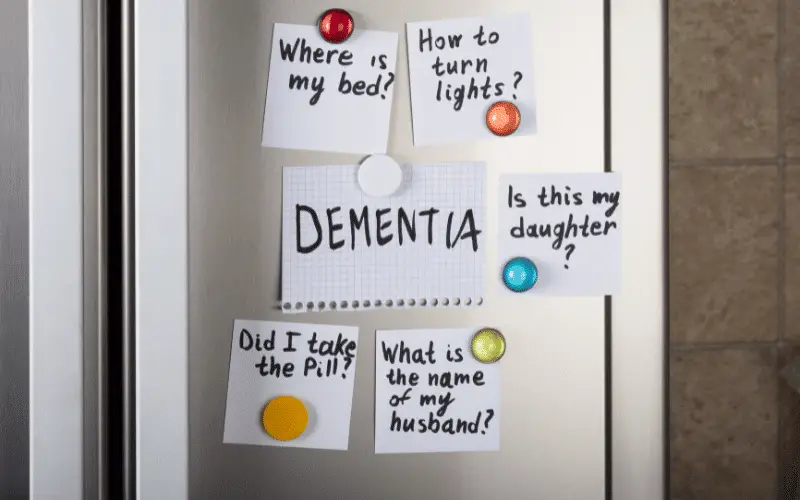Introduction: Setting the Context for Dementia and High Blood Pressure

In the vast expanse of human health and medicine, dementia and high blood pressure emerge as significant areas of interest. Their interconnected nature, often unexplored, forms the crux of countless research studies and medical investigations worldwide. Let’s unearth the intricate ties that bind these two conditions together, navigating through 15 essential facts about dementia and high blood pressure.
High blood pressure, or hypertension, is more than a mere health condition. It’s a silent adversary, affecting multiple organs and systems in our body, often without manifest symptoms. However, the havoc it wreaks becomes evident when we scrutinize its long-term effects, especially on cognitive health. Dementia, a term describing a group of symptoms affecting memory, thinking, and social abilities severely enough to interfere with daily life, stands out as a major consequence of persistent high blood pressure.
Comprehending the relationship between dementia and high blood pressure is not just about understanding each condition’s clinical aspects. It involves delving deeper into their causal relationships, prevention strategies, and management approaches. It’s a journey through a labyrinth of medical facts and health statistics, ultimately leading us to a clearer understanding of our cognitive health and its connection to our cardiovascular well-being.
This article serves as a beacon, guiding you through this labyrinth. As we explore each fact, we aim to shed light on the lesser-known aspects of these conditions and their correlation. These 15 facts are not mere statements, but significant revelations that can enrich our understanding of dementia and high blood pressure. By piecing together this puzzle, we can gain a holistic view of these conditions, which could prove crucial in improving our health outcomes.
Fact 1: Understanding Dementia: More Than a Singular Disease

“Dementia” is a term that’s widely used but often misunderstood. It’s not a specific disease but a general term for a group of symptoms associated with cognitive impairment. The complexity of this condition becomes apparent when we delve into its various forms.
Alzheimer’s disease is the most common form of dementia, contributing to 60-80% of cases. It’s characterized by plaques and tangles in the brain, leading to cognitive decline over time. Symptoms usually develop slowly and worsen over time, interfering with daily tasks and independence.
Another prevalent type is vascular dementia, often occurring after a stroke or a series of small strokes. This form of dementia is characterized by thinking problems and difficulty with coordination, especially balance. High blood pressure, a risk factor for strokes, is therefore also a risk factor for vascular dementia.
Lewy body dementia, frontotemporal dementia, and mixed dementia are other types of this condition. Each type has distinct characteristics and symptoms, but cognitive decline is a common thread that runs through all. The diversity of dementia types underscores the complexity of this condition.
Our understanding of dementia has evolved significantly over the years, but much remains to be discovered. Ongoing research efforts are unraveling the mysteries of dementia, bringing hope for early detection, effective treatment, and, possibly one day, a cure. (1)